If the hair follicles are not completely destroyed during hair removal, hair can usually regrow. The degree of hair follicle damage, local inflammatory response, and individual repair ability are important factors affecting regeneration. When the hair follicle structure is intact, the hair will enter the normal growth cycle; If the hair follicle is physically damaged or infected, it may lead to permanent hair loss. Hair follicles have strong self-healing ability, and slight external pulling usually does not cause permanent damage. The root of the hair follicle is wrapped in the dermis layer, and removing the hair only takes away the hair shaft, while the hair papilla cells can still stimulate new hair growth. At this time, it is necessary to keep the scalp clean and avoid repeatedly pulling the same area. After about 2-3 months, new small hair can be observed. Proper scalp massage can help promote local blood circulation and accelerate hair follicle recovery. When the pulling force is too strong or accompanied by hair follicle tearing, it may cause permanent damage to the hair follicle structure. Repeated violent hair extraction can lead to fibrosis around hair follicles, forming tiny scar tissue that hinders regeneration. If there are signs of infection such as redness, swelling, and pus after hair removal, antibiotics should be used promptly to control inflammation and prevent hair follicle stem cell necrosis. Clinical observations have found that over one-third of hair follicles destroyed will lead to irreversible hair loss in that area.

In daily life, one should avoid using a dense toothed comb to forcefully comb hair or frequently pulling hair to tie up a high ponytail. When abnormal hair loss is detected, you can try lightly rubbing with ginger juice to stimulate hair follicle activity, but if obvious scalp damage occurs, seek medical evaluation. Balanced intake of protein, iron, and B vitamins provides nutritional support for hair follicle repair. If there are still no signs of hair growth after 6 months, it is recommended to undergo skin microscopy to determine the survival status of hair follicles.
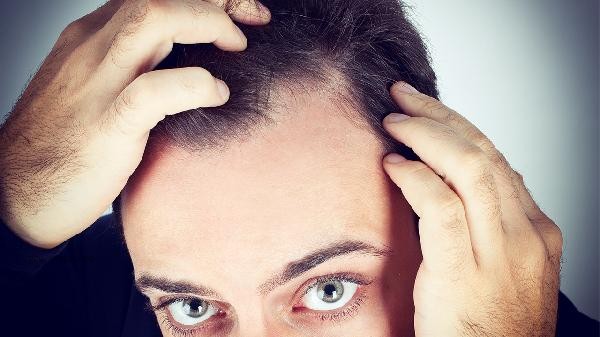
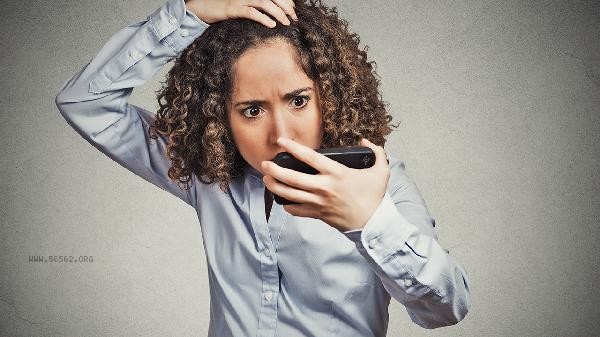

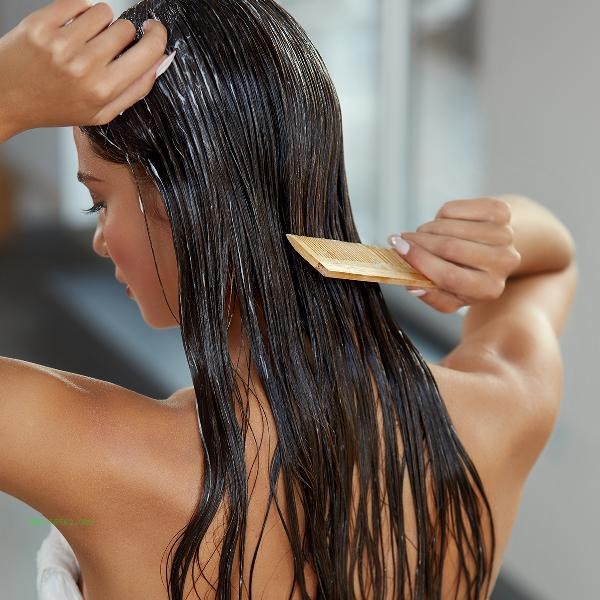
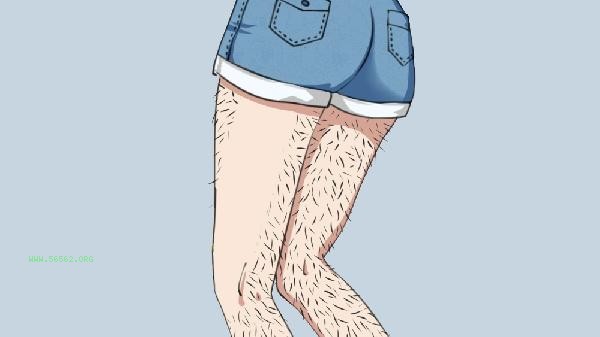

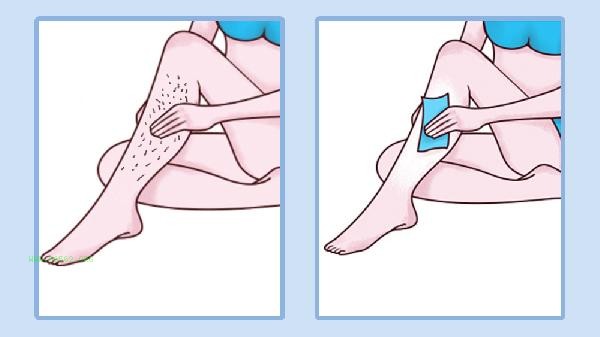



Comments (0)
Leave a Comment
No comments yet
Be the first to share your thoughts!